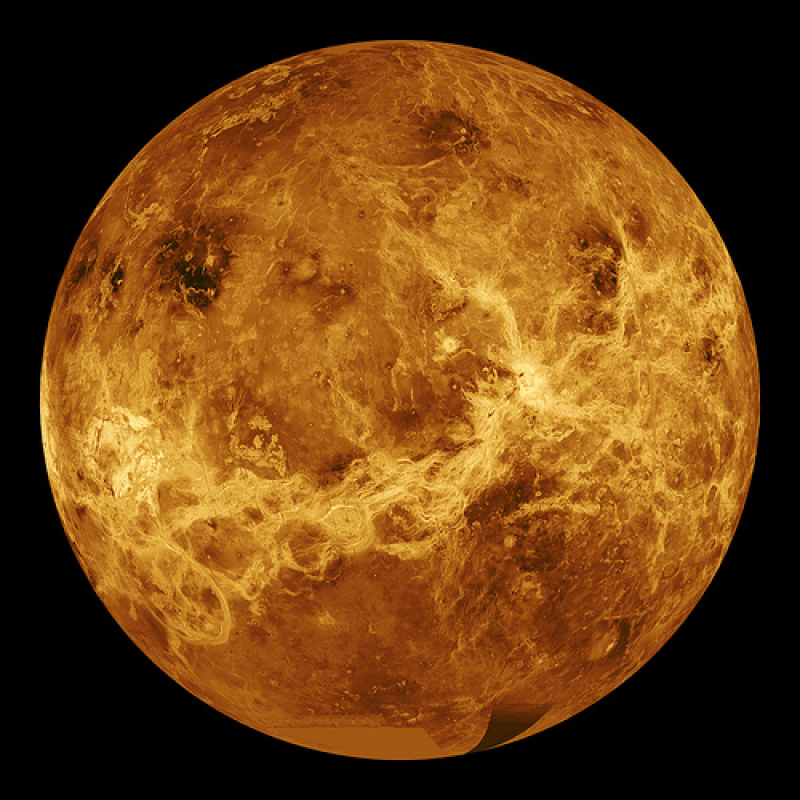
Researchers claim that the planet Venus may have once had oceans on its surface, Capital Berg reported.
But unlike the massive bodies of water found on Earth, those in Venus may have been filled with carbon dioxide fluid.
The researchers came up with the findings by going through previous studies about Venus. Although the planet is inhospitable due to its extremely warm climate, its atmosphere may have contained enough water to cover the planet.
But since Venus' temperature prevents precipitation, the researchers suggest that its oceans contained carbon dioxide and not water.
"Presently, the atmosphere of Venus is mostly carbon dioxide, 96.5 percent by volume," lead researcher Dima Bolmatov from New York's Cornell University of Ithaca told Space.com.
As to how these oceans could have developed, Bolmatov and his team noted that carbon dioxide can form as a gas, liquid or solid. During certain conditions, such as the combination of extreme temperature and pressure, carbon dioxide can become a supercritical fluid.
Under this state, carbon dioxide will feature the physical properties of gasses but can dissolve various objects like certain types of liquid.
According to Bolmatov, the atmospheric pressure on Venus is 90 times greater than that of Earth. This could be significantly higher hundreds of millions of years ago.
Due to the planetary conditions back then, it is likely that the huge volume of carbon dioxide on Venus entered a supercritical state and filled parts of the planet with liquid.
The lead researcher mentioned that the characteristics of the carbon dioxide oceans may have led to the formation of the structural features of Venus.
"This in turn makes it plausible that geological features on Venus like rift valleys, river-like beds and plains of near -surface activity of liquid-like supercritical carbon dioxide," Bolmatov told Space.com.
He noted that in its supercritical state, the carbon dioxide on Venus may have appeared like gas contained inside bubbles protected by a layer of liquid.
The findings of Bolmatov and his team were detailed in a report published by The Journal of Physical Chemistry Letters, a peer-reviewed journal created by the American Chemical Society.



















